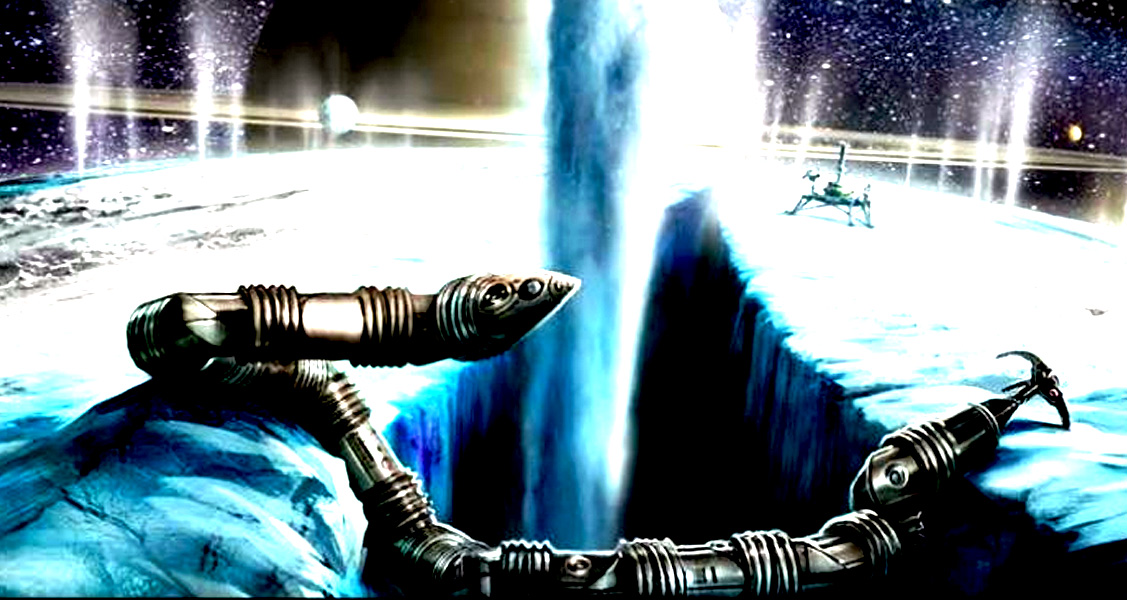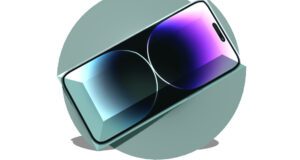
The EELS “robot snake” cannot explore on Earth, Mars, or other planets; it is designed to independently and freely investigate inhospitable locations.
A group at NASA’s Jet Propulsion Laboratory (JPL) is working on creating a snake-like robot that could eventually explore the surface vents of Enceladus in search of subsurface water.
According to JPL, the Exobiology Extant Life Surveyor, or EELS robot, is being created to autonomously map, travel, and explore locations that are otherwise inaccessible on Earth, the moon, and other solar system planets.
The prototype has undergone numerous iterations since JPL teams first created it in 2019. In addition to routine field tests, they started making changes to EELS’s hardware and software in 2022.
For this, EELS creates a 3D map of its surroundings using lidar and eight stereo cameras. The navigation algorithms use the data from these sensors to determine the robot’s safest path. The robot can use a “library” of motions that engineers are building so that it can adapt to different terrains.
The team uses a sidewinding motion from this library in their “banana” maneuver, which involves the robot rotating around itself. The robot will eventually have 48 actuators, or tiny motors, according to JPL. This would give EELS a lot of flexibility, but it would also complicate things for the hardware and software teams.
Thakur compares these 48 actuators to “48 steering wheels”. Many of these actuators will have force-torque sensing built in. Because this sensing acts as a thin layer of skin, the EELS can “feel” how much force is being applied to the area.
Read more: May 9 Will Be Remembered as “Black Chapter” in Pakistan: Army









